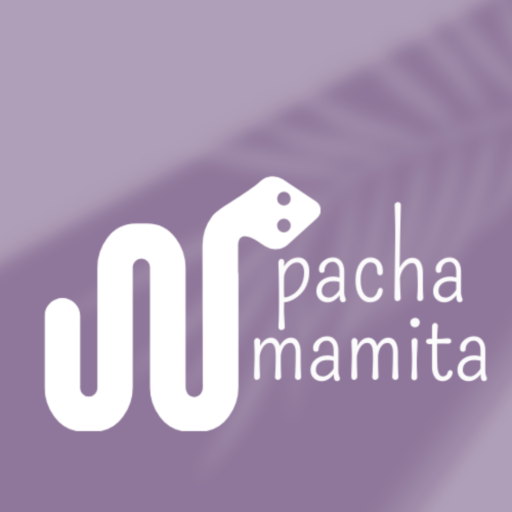![]()
It is said that in ancient times, in what is now the Anconcito parish, there was no cemetery to bury the deceased, so the bodies were carried on foot to Santa Elena on the shoulders of friends and family.
Halfway along the path there was a very large guasango tree that offered its welcoming shade to the walkers. There they rested and ate the food prepared for the journey, which is why it was called “The Hungry Guasango”; this food consisted of fish, green or ripe plantain, roasted or boiled. This food was called tonga, and it helped the walkers regain energy for their journey that lasted almost 20 hours, since in those times there were only paths where only one person could pass.
The deceased's companions were also provided with picks and shovels to dig the hole where the dead person would be buried, and then begin their journey back.
Matilde Reyes del Pezo (1925)
Collected by Maria Alvarez and Sol Damerval in Myths and legends of the Santa Elena Peninsula. MYTHS AND LEGENDS OF ECUADOR.

